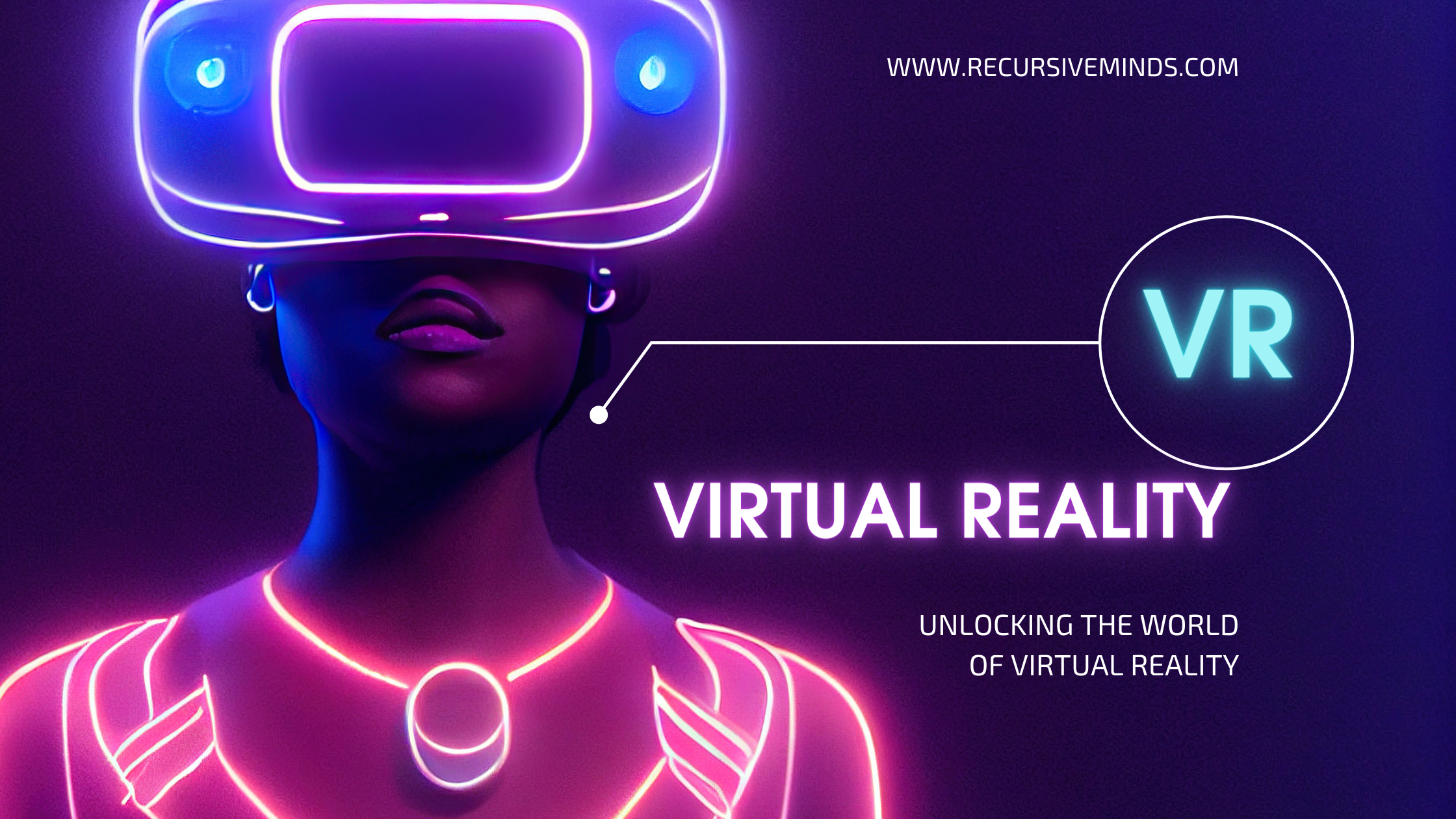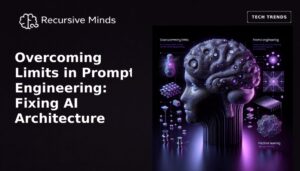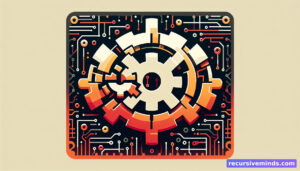Virtual Reality (VR) – A Journey into the Unseen
Virtual Reality, often abbreviated as VR, is a technology that has taken the world by storm. It promises to transport us to new dimensions, allowing us to experience the impossible and explore the unimaginable. In this blog, we’ll delve into the immersive world of VR, its evolution, applications, and the impact it’s having on various industries.
The Evolution of Virtual Reality
VR is not a new concept; its roots trace back to the mid-20th century. However, it has truly come of age in recent years thanks to rapid advancements in technology. The advent of powerful computers, high-resolution displays, and motion-tracking sensors has made immersive VR experiences accessible to a broader audience.
How VR Works
At its core, VR is about creating a simulated environment that users can interact with as if it were real. This is achieved through a combination of hardware and software. Users typically wear a VR headset, which contains high-resolution displays for each eye, creating a 3D effect. Sensors track the user’s head and body movements, allowing them to look around and navigate the virtual world. Controllers or gloves may also be used for precise interactions.
Applications of VR
VR has applications in various fields, from gaming to healthcare and beyond:
- Gaming: VR gaming offers an unparalleled level of immersion. Players can step into the shoes of their in-game characters and explore fantasy worlds or engage in heart-pounding adventures.
- Education: VR can revolutionize education by providing immersive learning experiences. Students can visit historical events, explore the human body, or even travel to outer space—all from the comfort of their classroom.
- Healthcare: VR is used for therapy, pain management, and even surgical training. It allows patients to distract themselves from pain or phobias by immersing themselves in a calming virtual environment.
- Architecture and Design: Architects and designers use VR to create and visualize their projects in a realistic 3D space, enabling them to make informed decisions and showcase designs to clients.
- Training: From military simulations to training pilots or firefighters, VR offers a safe and cost-effective way to prepare individuals for high-stress, real-world scenarios.
The Impact of VR
The impact of VR is profound and far-reaching:
- Entertainment: VR is redefining the entertainment industry. It provides an entirely new level of engagement, blurring the lines between reality and fiction, and offering experiences that were once the stuff of science fiction.
- Social Interaction: Virtual reality is breaking down geographical barriers. Social VR platforms enable people to meet, interact, and collaborate in shared virtual spaces, fostering connections that transcend physical distances.
- Therapy and Rehabilitation: VR is aiding in the treatment of various mental health conditions, such as PTSD and phobias. It’s also used in physical therapy to aid in recovery and rehabilitation.
- Work and Collaboration: Remote work and collaboration have been enhanced through VR. Virtual meeting rooms and collaborative workspaces make it possible for teams to work together seamlessly, regardless of their physical locations.
The Future of Virtual Reality
As technology continues to evolve, the future of VR holds exciting possibilities. We can expect even more realistic graphics, improved haptic feedback, and enhanced sensory experiences. VR will become more integrated into our daily lives, offering new opportunities for work, play, and exploration.
In conclusion, virtual reality is not just a technological advancement; it’s a doorway to new dimensions of human experience. Whether you’re a gamer, educator, healthcare professional, or simply someone curious about the world, VR has something incredible to offer. It’s a testament to the power of human ingenuity to create and explore worlds beyond our wildest dreams. So, don’t just imagine it—immerse yourself in it, with virtual reality.
Thank you for Reading
Happy Coding
You can also checkout for more details feedly.com





